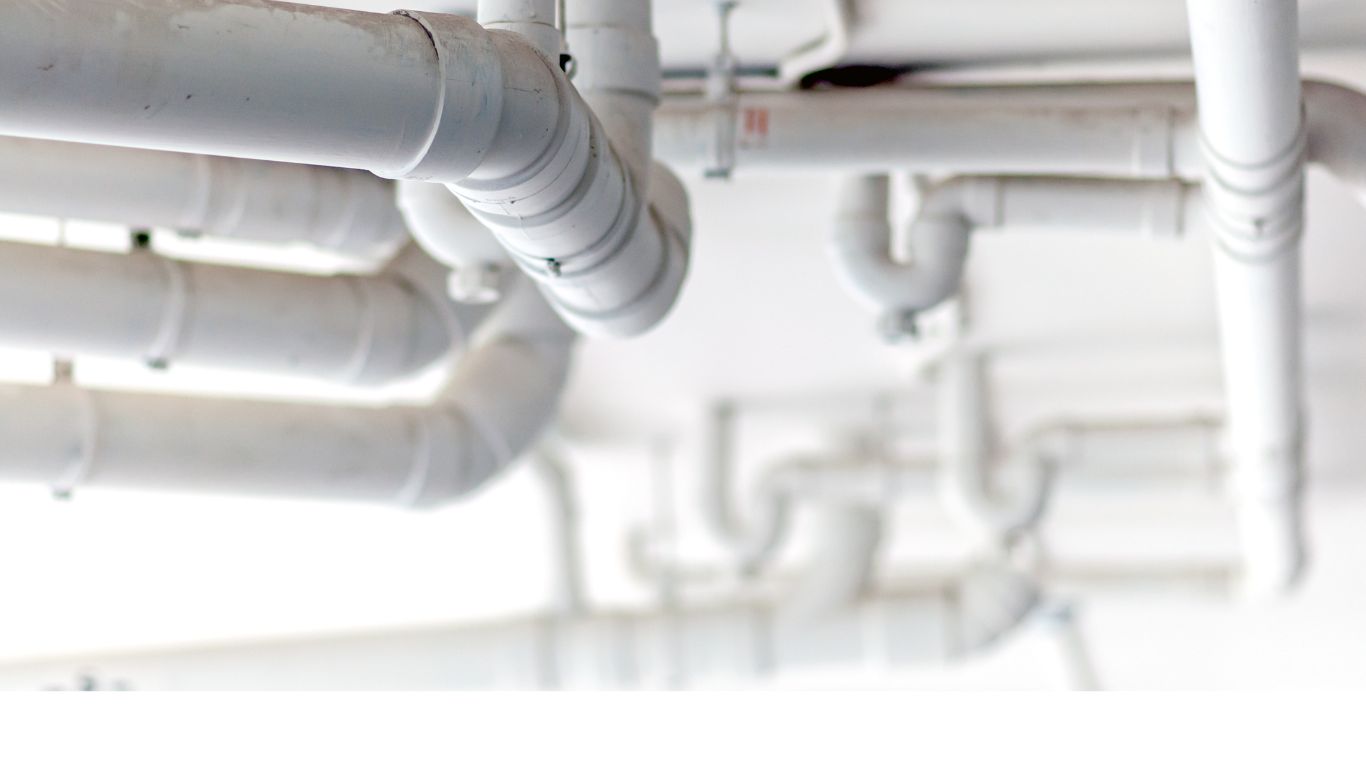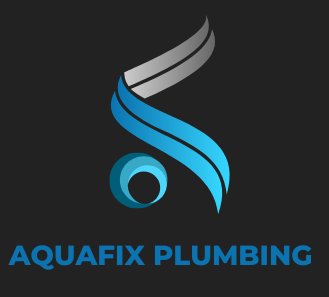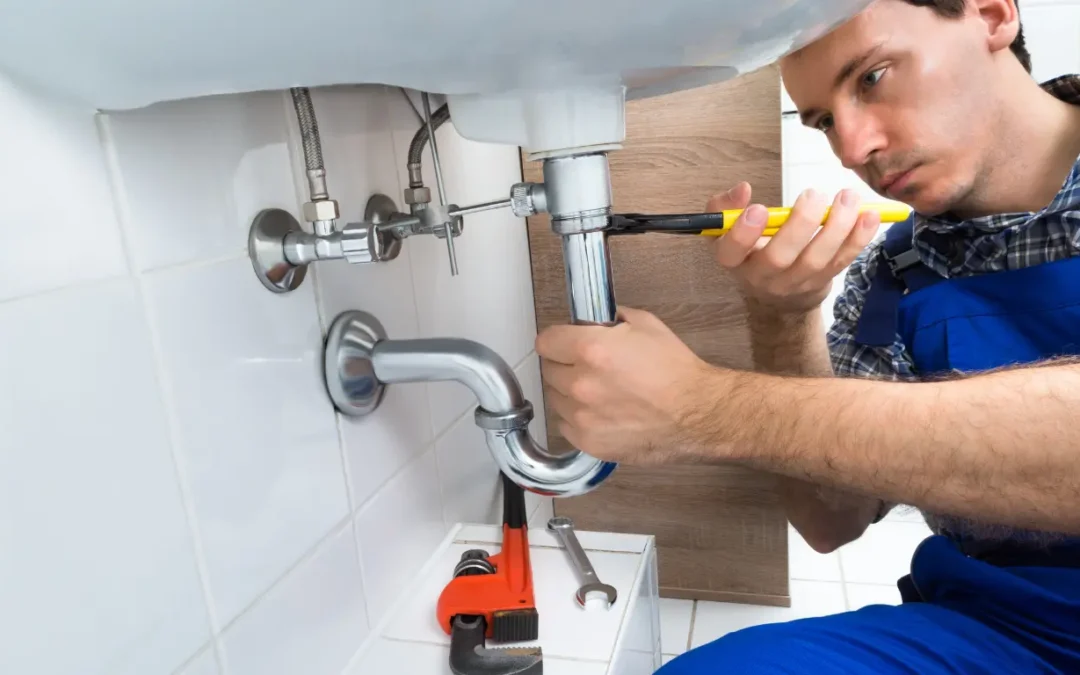Expert Pipe Repairs & Replacements in Durban – What You Need to Know
Keeping a plumbing system in good condition is crucial for any home or business in Durban Kwa Zulu natal. . A key aspect of this maintenance involves understanding when and how to address issues with your pipes. This comprehensive guide explores the intricacies of pipe replacement and repair, offering valuable insights to help you make informed decisions. We’ll delve into various factors influencing these decisions, from recognizing the warning signs to understanding the different types of pipes and repair techniques. Equipping yourself with this knowledge empowers you to tackle plumbing problems effectively and ensure the longevity of your system.
Recognising the Signs: When to Worry About Your Pipes
Ignoring a plumbing issue can lead to lots of damage and costly repairs down the line. Therefore, it’s essential to be vigilant and recognize the warning signs that indicate potential pipe trouble. A seemingly minor leak can quickly escalate into a major flood, causing extensive damage to walls, floors, and belongings. Don’t underestimate the importance of addressing issues promptly. Here are some key indicators that your pipes might need attention:
- Visible Leaks: This is the most obvious sign. Even a small, persistent drip warrants investigation. Check under sinks, around toilets, and along exposed pipes for any signs of moisture.
- Low Water Pressure: A sudden decrease in water pressure can signal a leak or blockage somewhere in your system. This issue can affect your showers, faucets, and appliances. It’s crucial to identify the cause and rectify it promptly.
- Running Water Sounds: Hearing the sound of running water when no taps are open suggests a hidden leak. Trace the sound to pinpoint the potential location of the problem. A professional plumber can use specialized equipment to detect hidden leaks within walls or underground.
- Stained Ceilings or Walls: Water damage often manifests as stains on ceilings or walls. These stains can indicate a leak in the plumbing above or within the wall. Addressing this issue quickly prevents further structural damage.
- Slow Drains: While occasional slow drains can be addressed with a plunger or drain cleaner, persistent sluggishness indicates a potential blockage deeper within the pipes. Ignoring this issue can lead to complete clogs and more complex repairs.
- Foul Odors: Unpleasant smells emanating from drains can be a sign of a buildup of organic matter or even a sewer line issue. This problem requires immediate attention to prevent health hazards and further complications.
- Gurgling Sounds: Gurgling noises coming from your drains often indicate trapped air or a blockage in the system. This issue can disrupt the flow of water and potentially lead to backups.
- Increased Water costs : A sudden spike in your water bill without a corresponding increase in usage can be a telltale sign of a hidden leak. Investigate potential leaks to avoid unnecessary water waste and higher costs.
Understanding Your Pipes: Materials and Lifespans
Different types of pipes are used in plumbing systems, each with its own characteristics, lifespan, and potential issues. Familiarizing yourself with these materials helps you understand the vulnerabilities of your system. This knowledge also empowers you to make informed decisions about repairs and replacements.
- Copper Pipes: Known for their durability and resistance to corrosion, copper pipes have been a popular choice for many years. However, they can be susceptible to pitting and pinhole leaks over time, especially in areas with acidic water.
- PVC (Polyvinyl Chloride) Pipes: These pipes are cost-effective and resistant to corrosion, making them suitable for drainage and venting systems. However, PVC pipes can become brittle and prone to cracking in extreme temperatures.
- PEX (Cross-Linked Polyethylene) Pipes: A flexible and versatile option, PEX pipes are gaining popularity for their ease of installation and resistance to freezing. They are also less prone to leaks compared to rigid piping materials.
- Galvanized Steel Pipes: Once a common choice, galvanized steel pipes are now less prevalent due to their susceptibility to rust and corrosion. This corrosion can lead to reduced water flow and eventually leaks.
Replacing Your Pipes: A Step-by-Step Overview
Replacing pipes is a more involved process than simple repairs. It often requires the expertise of a qualified plumber. Here’s a general overview of the steps involved:
- Assessment: The plumber will assess the extent of the damage and determine the best approach for replacement.
- Preparation: The water supply will be shut off, and the affected area will be accessed.
- Removal: The damaged section of pipe will be carefully removed.
- Installation: The new pipe will be measured, cut, and installed using appropriate fittings and techniques.
- Testing: The system will be tested to ensure there are no leaks and that the water flow is restored.
- Restoration: The area around the replaced pipe will be restored to its original condition.
Preventing Future Problems: Proactive Maintenance
Preventing plumbing problems is always better than dealing with costly repairs. Here are some proactive maintenance tips to keep your pipes in good condition:
- Regular Inspections: Schedule regular inspections with a qualified plumber to identify potential issues early on.
- Proper Drainage: Avoid flushing non-flushable items down the toilet. Use drain strainers to prevent hair and debris from clogging drains.
- Temperature Control: Protect pipes from freezing temperatures by insulating them or keeping a slow drip running during cold weather.
- Water Quality: Address hard water issues with a water softener to prevent mineral buildup in pipes.
Proper plumbing maintenance requires vigilance and proactive care. Recognizing warning signs and choosing the right repairs can extend your system’s lifespan. When in doubt, consult a qualified plumber for expert solutions—quality repairs and preventative maintenance save time and money.

How do I know if I need new pipes?
Several signs indicate you might need pipe replacement, including low water pressure, discolored water, frequent leaks, a gurgling sound in your pipes, or a noticeable increase in your water bill. If you're experiencing any of these issues, it's best to have a professional plumber inspect your plumbing system.
What is the average cost of pipe replacement in Durban?
It varies significantly based on the factors mentioned above (property size, complexity, materials). It's best to get a detailed quote from a reputable plumbing company like Aquafix after a thorough assessment of your plumbing system.


Recent Comments